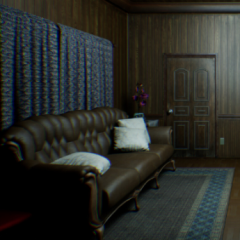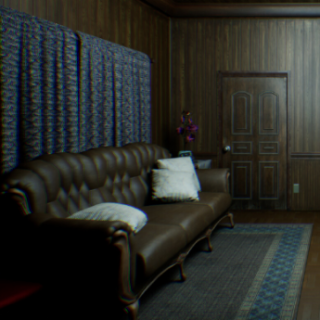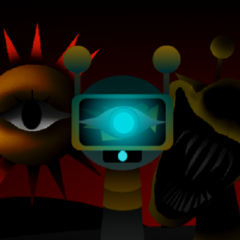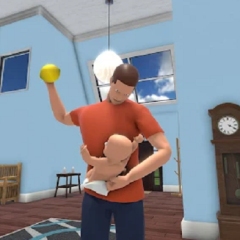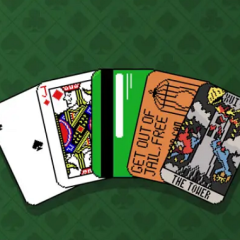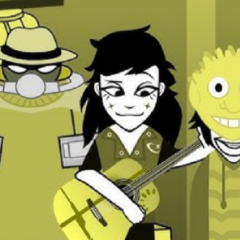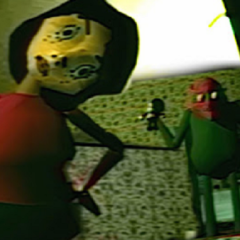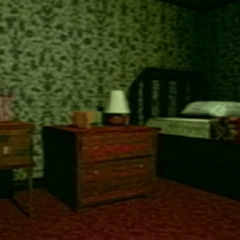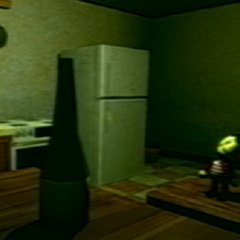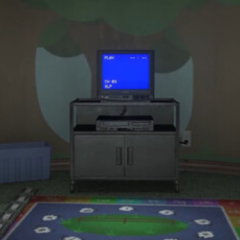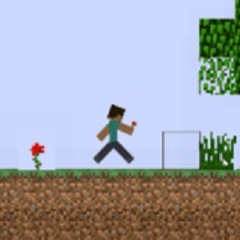Whos At The Door places the player in a confined home where each passing day brings a single, looming question: should you open the door? You play as someone whose memories and perceptions are unreliable, and your ability to separate truth from delusion is tested across multiple days. The game relies on minimalism and psychological tension, asking you to rely not on weapons or tools, but on careful judgment and timing.
A Daily Routine With Growing Doubt
Every in-game day follows a fixed structure: observe the hallway, analyze what’s outside, and decide whether to open the door. Alongside this is a choice to take medication, which may stabilize your perception or cause unwanted effects if misused. Over time, small irregularities begin to appear—changes in light, sound, and even the way objects behave. These inconsistencies become crucial clues in determining what is real.
Key Elements of Gameplay
The core loop involves the same environment repeating across eight days, but with evolving challenges. Important features include:
· Monitoring signs of instability in your surroundings
· Deciding when to take medication, and when to avoid it
· Judging whether to interact with the figure at your door
· Searching for hidden objects that may change the ending
· Reacting to subtle environmental changes over time
Each round builds on the last, slowly shifting your expectations and sense of security.
Subtle Storytelling and Visual Clues
There is no spoken dialogue or exposition. Instead, the narrative unfolds through environment changes, eerie visitors, and player decisions. The game uses lighting and silence to unsettle the player, and relies on behavioral patterns and inconsistencies rather than jump scares. These quiet shifts encourage attention to detail and repeated playthroughs to catch what was previously missed.
Multiple Outcomes Based on Perception
Whos At The Door includes different endings depending on how you navigate your condition. Whether you survive all eight days, succumb to hallucinations, or uncover hidden secrets affects the final scenes. Completing certain objectives can even unlock a concealed ending that provides more answers about your character’s condition and backstory.

